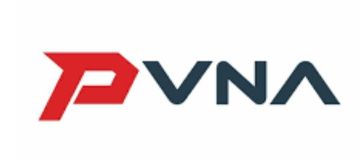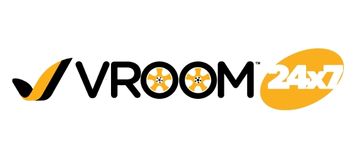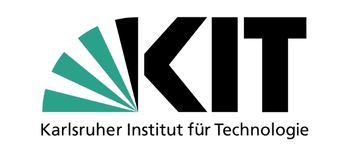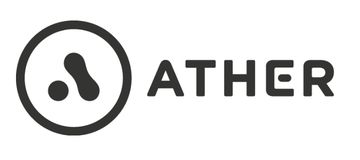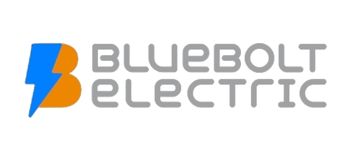Fundamentals of Battery Pack Design Course
In this course, we’ll take a look at Fundamentals of battery pack design and look at what a battery pack is, what it does and we’ll also explore the individual components that typically make up a battery pack. This program is designed in such a way that every upcoming week one module is uploaded.
Overview
The global battery management system market size is estimated to grow from USD 5.2 billion in 2019 to USD 12.6 billion by 2024, at a CAGR of 19.5%. The growth of this market is expected to be driven by the growing trend of electric vehicles, increasing the requirement of battery monitoring in renewable energy systems, and the need for effective electric grid management. The report covers the market segmented into battery type, type, topology, application, and geography.
Based on topology, the modular topology segment of the battery management system market is expected to grow at the highest rate during the forecast period. Most of the manufacturers prefer modular topology as it offers significant computational power and is also safe as it does not require extensive wire harnesses. Modular topology is also suitable for a range of applications such as in energy storage systems, industrial UPS, medical mobility vehicles, parts of electric vehicles, and drones. Moreover, the increasing demand for modular topology from these applications is expected to drive the market at the highest rate from 2019 to 2024.
Program Objective :
The design of Battery pack is the most important aspect in designing an Electric Vehicle. The battery pack is the source of energy for driving the vehicle and it consists of hundreds of cells in different combinations and connections. The course includes the fundamentals and basics of battery parameters, the calculations required for designing the battery pack. The battery pack is designed on the failure modes of Electrical, Mechanical and Thermal. The Thermal management require for monitoring the battery pack temperature is also explained
DIYguru presents the certification program on the Fundamentals of Battery Pack. This program provides you with the most flexible learning environment possible. This program is offered as a self-paced program often referred to as an asynchronous online program which is time-independent, meaning that it can be accessed 24X7 within the tenure of 90 days. This program can be accessed from multiple devices which makes it easy to learn on the go. Lectures that are pre-recorded or slide presentation with voice-over commentary, interactive discussion boxes that foster student to student interaction, Email communication with the instructor are part of this process.
Course Curriculum
- Introduction to Battery Parameters
- Cell Characteristics
- Electrical Design of Pack
- Mechanical Design of Pack
- Heat Transfer
- Thermal Design of Pack
Learning Outcomes
- Introduction to Li-ion batteries
- Introduction to Battery parameters
- Components present in the Battery pack
- Electrical design criteria for battery pack and calculations
- Mechanical design criteria for battery pack and calculations
- Heat transfer and thermal resistance
- Thermal design criteria for battery pack and calculations
Main Highlights
- Learn without a career break with online classes available 24*7.
- One can access the course at their own pace, but with the investment of 3-5 hours/week, it can be finished within a month.
- The program uses a Continuous Evaluation System that assesses the learners over convenient and regular intervals. Such a system provides timely and frequent feedback and helps busy working professionals stay on course with the program.
- The education delivery method is a blend of classroom and experiential learning.
- Participants who will complete the program become eligible for Mentorship and Placement help through our Job Fairs.
With Project-based 1-month Internship Learning!
Stepwise procedure for the course enrollment with a 4-week internship project
- Step 1:
Apply for the internship-based learning-based course and fill the application form.
- Step 2:
Pay the necessary fee to enroll in the program.
- Step 3:
The technical team of DIYuru will check your entered data, and will share the confirmation of acceptance as you will be shortlisted in the next 24 hours.
- Step 4:
Once you are enrolled in the course, start working on the course videos, and given assignments, and complete the course at your own learning pace!
With this, you shall receive the ‘course completion’ certificate.
Project-based Internship process
- Step 5:
If you have applied for the ‘internship-based learning’, then the team DIYguru Support shall connect with you to share the date of the ‘live course certification examination!’.
This examination will enable you to understand your current expertise and will allow us to define the best possible project for you! Students will get a minimum of 4 weeks for the examination preparation.
- Step 6:
Once you clear the examination, the DIYguru technical mentors will contact you to enroll you in the ‘live project’. Since students will work on a live project, students will get enough time to prepare themselves before the internship project begins.
- Step 7:
Since it is an ‘internship’ based project, the students will be encouraged to work through the assigned project in teams and will be allowed to achieve the results on their own, with mentorship support from DIYguru! Allowing you to gain the actual skills as an ‘intern’! Enrolled students will get a minimum of 4-6 weeks to work and submit their project reports.
- DIYguru shall also allow you to work in groups or as an individual. However, at the end of the internship, each student shall submit a project report with all the results achieved, for evaluation by the DIYguru technical team.
- Every candidate after successful completion of the internship project shall also submit a pitch presentation video, explaining his/her project-oriented achievements and results, so that the participants can work on their communication and presentational skills simultaneously.
With this, you shall receive the ‘Project-based internship’ certificate (along with evaluation score), and an ‘achievement badge’ to validate that you have successfully cleared the ‘certification examination’ (shareable on LinkedIn and other platforms).
Application Form
[gravityform id="16" title="false" description="false" ajax="true"]
Eligibility Criteria
The program is designed for students or professionals who are:
- Having a Diploma, BE / B.Tech or equivalent in domains such as Automotive, Mechanical, EEE, ECE, Instrumentation, Mechatronics.
- Electronics enthusiasts (No academic qualification mandatory)
- Working in industries such as Automotive, Auto component, Design, Manufacturing, etc.
- Working in Functional areas such as R&D, Analysis, Maintenance, Projects, component design, etc.
- Interested in pursuing further studies on the part-time or full-time basis in Design and Engineering Sector.
Technical Requirements
The program to give its best will need the following requirements:
- Computer/ Laptop will provide you with the best experience, but this program is quite compatible with smartphones to make it feasible for students worldwide.
- High-speed internet for crystal clear experience, but this program can also run without buffering with below-average connectivity for reaching out to students from suburban and rural areas.
- A student should make their notes for future reference.
- A student should have basic knowledge about high-school physics and chemistry, even though the pre-requisite of this program will brush up one’s basic concepts.

